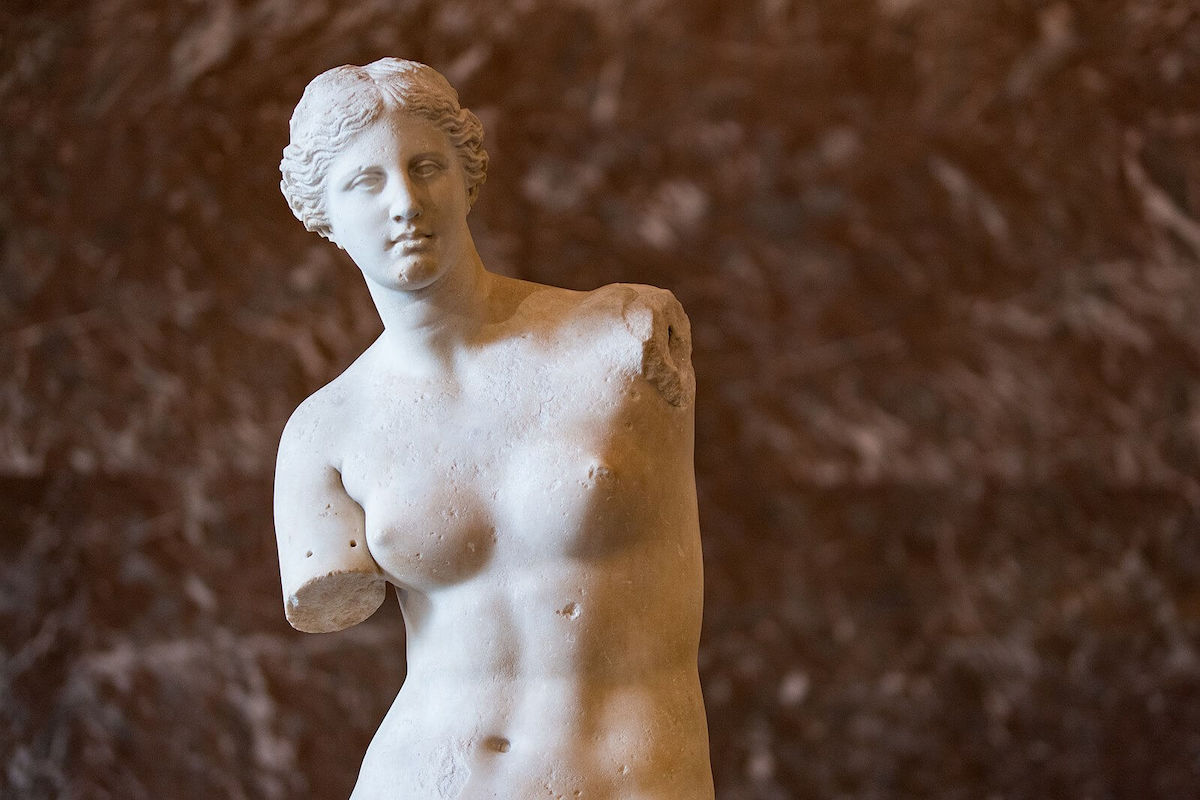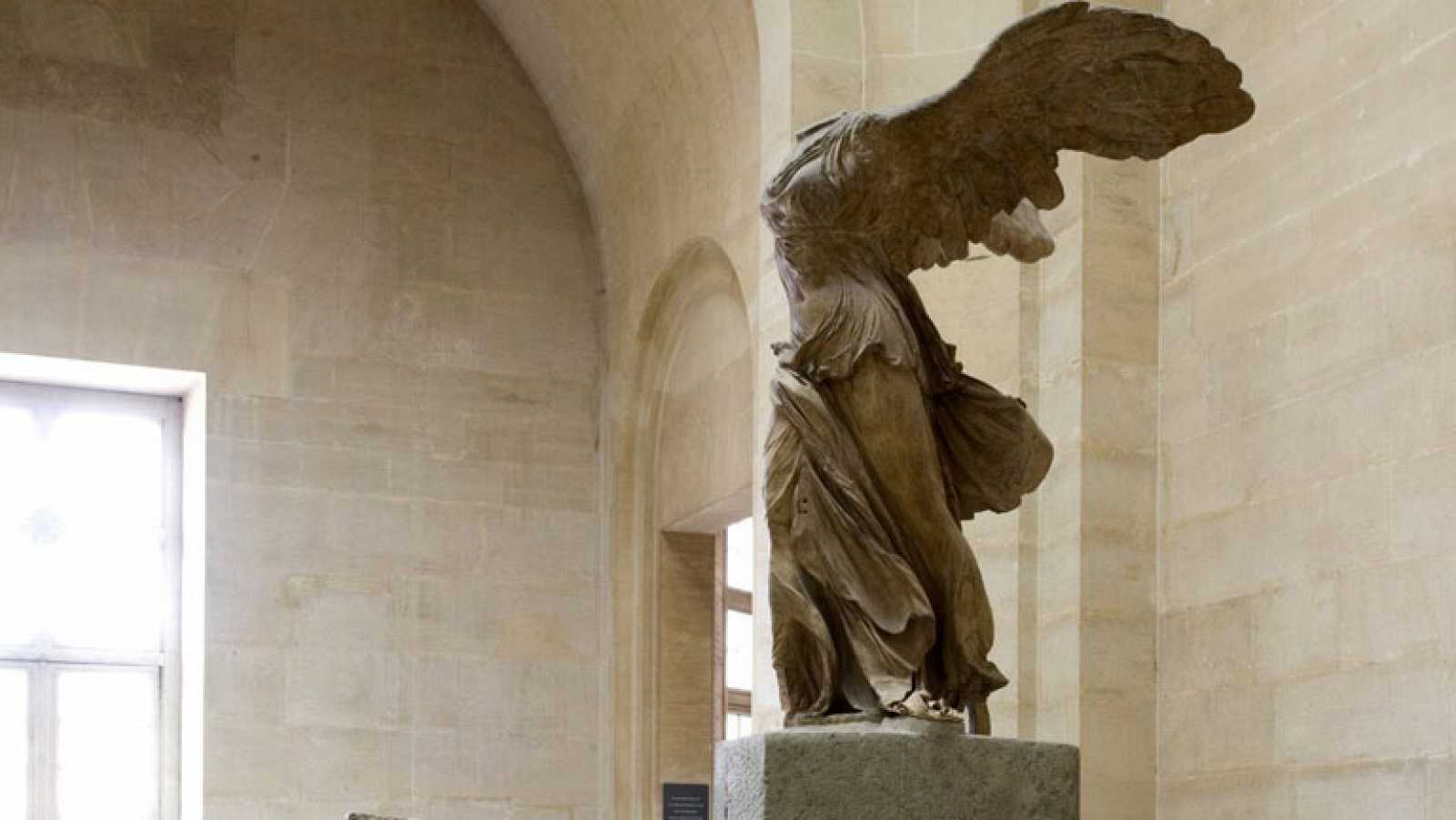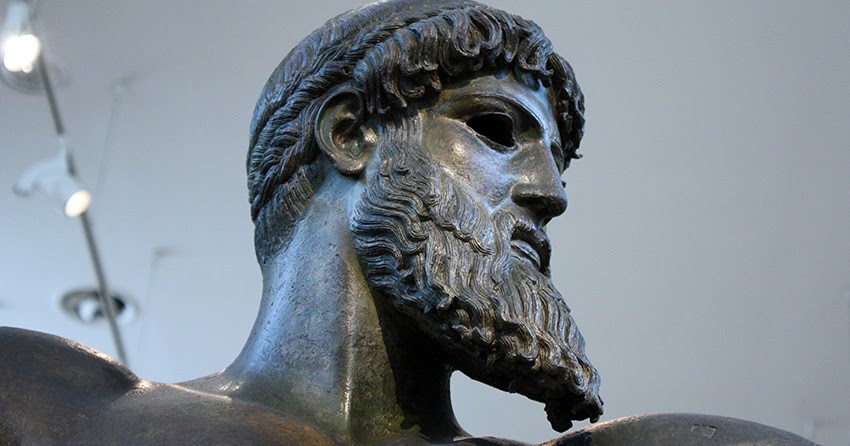Introduction to the World of Greek Sculptures
The timeless charm of Greek sculptures resonates through the centuries, offering a fascinating window into an era where art not only imitated life but also sought to perfect it. These masterpieces of marble and bronze have survived the ravages of time, telling us stories of gods, heroes, and everyday life in ancient Greece with surprising freshness and relevance. For any art enthusiast or historian, exploring the world of Greek sculptures is to embark on an exciting journey toward understanding the aesthetic and cultural ideals that have shaped our modern world.
- Greek sculptures connect us with the aesthetic ideals and values of an ancient yet influential civilization.
- Modern technology and reproduction techniques allow a wider audience to appreciate these masterpieces.
- Understanding Greek sculptures offers insights into the history, mythology, and society of ancient Greece.
Discovering the Wonders of Greek Art
Ancient Greek art stands out for its relentless pursuit of aesthetic perfection and realistic representation of the human body. These Greek sculptures are not mere stone or metal figures; they are the embodiment of ideals of beauty, balance, and proportion that still influence contemporary art. The ability of Greek sculptors to capture both physical form and psychological emotion in their works is what truly distinguishes them.
- Historical Relevance: With every curve and contour, Greek sculptures tell stories of gods and mortals, encapsulating the beliefs and traditions of a lost era.
- Technology and Reproductions: Today, thanks to advanced technology and artistic reproduction techniques, these historical pieces are more accessible. High-quality reproductions not only adorn homes and offices but also serve as educational tools, bringing the ancient world closer to our modern experience.
Sculptures that Defined an Era
Greek sculptures capture the essence of what it meant to be human for the ancient Greeks, ranging from idealized representations of physical form to the expression of deep and universal emotions. This section explores how these sculptures not only represented physical appearance but also ideals of character and virtue.
- Realism and Idealism: The tension between realism and idealism is a distinctive feature of Greek sculpture, reflecting the pursuit of an ideal of beauty that transcends the ordinary.
- Expression and Movement: Unlike their predecessors, Greek sculptors ventured beyond formal rigidity to explore the dynamics of movement and emotional expressiveness, an innovation that revolutionized the art of sculpture.
This journey through Greek sculptures reveals not only the incomparable skill of ancient artists but also their profound understanding of human nature. These masterpieces continue to inspire admiration and study, demonstrating that ancient Greek art is as relevant today as it was millennia ago.
The Crown Jewels of Greek Art
The Discobolus – The Beauty of Movement

History and Creator
The Discobolus is a masterpiece by Myron of Eleutherae, created around 450 BC. This Greek sculptor is known for capturing the beauty of the athlete in full exertion, demonstrating unparalleled mastery of movement and human anatomy.
Distinctive Features
The sculpture depicts an athlete at the precise moment before throwing the discus. The dynamic tension of his body and the concentration on his face are captured with such realism that it seems about to come to life. The use of the contrapposto curve is particularly notable, providing a perfect balance between movement and stability.
Where Is It Today?
There are several Roman copies of the original Discobolus, as Myron’s masterpiece has not survived to this day. One of the most famous is located in the National Roman Museum.
Modern Reproductions and Their Value
Modern reproductions of the Discobolus continue to fascinate art lovers for their ability to capture the essence of human movement. They are a testimony to the artistic genius of ancient Greece and a way to bring this legacy closer to current generations.
The Venus de Milo – The Mystery of Beauty

Origins and History
The Venus de Milo was discovered in 1820 on the island of Milos. Attributed to Alexandros of Antioch, this statue is an icon of the ideal of female beauty in ancient Greece, although its original meaning and the identity of the figure represented remain a mystery.
Aesthetic Analysis
The statue is celebrated for its sinuous form and elegant lines that define the woman’s body. The absence of arms adds an element of mystery to its interpretation, while its serene face evokes timeless beauty.
The Venus de Milo in Popular Culture
The Venus de Milo has transcended the world of art, becoming a globally recognized cultural symbol. Its image appears in a wide range of media, from films to literature and advertising, consolidating its status as an icon of beauty.
How Reproductions Keep Its History Alive
Reproductions of the Venus de Milo allow this symbol of beauty and mystery to remain accessible. Each copy is a window to the past and a reminder of the aesthetic ideals that have influenced society over the centuries.
The Charioteer of Delphi – A Testament to Victory

Historical Context and Discovery
Discovered in Delphi in 1896, the Charioteer of Delphi is one of the few large bronze sculptures that have survived since antiquity. It represents the driver of a victorious chariot at the Pythian Games, symbolizing both triumph and spiritual nobility.
Artistic Details
The statue stands out for its realism and attention to detail, from the concentrated expression of the charioteer to the texture of his tunic. The work conveys a sense of calm and dignity, contrasting with the ephemeral nature of victory.
Cultural Importance and Reproductions
The Charioteer of Delphi is not only a masterpiece of Greek art but also a symbol of the importance of competition and honor in Hellenic culture. Reproductions of this sculpture allow its message of excellence and virtue to continue inspiring people today.
The Winged Victory of Samothrace – A Symbol of Triumph

Legend and Reality
The Winged Victory of Samothrace, discovered in 1863, is believed to commemorate a Greek naval victory. The statue represents the goddess Nike, personifying triumph. Although its exact origin is unknown, its imposing presence leaves no doubt about its celebratory purpose.
Analysis of Its Dynamic Design
The statue is notable for its dynamism and the sense of forward movement, accentuated by the flowing drapery as if whipped by the wind. This effect not only demonstrates the virtuosity of its creator but also evokes the unstoppable force of success.
Its Influence on Art and Contemporary Society
The Winged Victory of Samothrace has influenced countless artists and has become a universal symbol of triumph and beauty. Its image continues to be a source of inspiration, from fashion to cinematography, demonstrating its enduring impact.
The Poseidon Artemision Bronze – Power at Sea

The History of Its Creation
Although it is debated whether the statue represents Poseidon or Zeus, the Artemision Bronze is an imposing figure from Greek mythology, discovered in the Aegean Sea in 1928. The sculpture dates back to the 5th century BC and is one of the few large bronzes that have survived to this day.
Interpretation and Meaning
The statue captures a moment of action, with the god ready to hurl his trident. This vigorous gesture not only reflects physical power but also divine authority over the sea or the sky, respectively.
The Impact of Reproductions on Modern Appreciation
High-quality reproductions not only make ancient art accessible to the general public but also serve as an invaluable educational tool, helping people understand and appreciate the mastery and significance behind these historical works.
Keys to Understanding Greek Sculpture
Techniques and Materials
Greek artists primarily used marble and bronze to create their sculptures, selecting each material for its unique properties. The lost wax technique allowed for capturing fine details and dynamism in bronze, while marble was used for its eternal beauty and ability to reflect light..
However, if you are interested in seeing an explanation in Decorating with Art for our pieces, click here.
Recurring Themes and Symbolism
Mythology, celebration of the human form, and representation of gods and heroes were central themes in Greek sculpture. These works not only sought aesthetic perfection but also had strong religious and cultural symbolism, communicating values and stories to society.
Frequently Asked Questions (FAQ)
How to Identify a Quality Reproduction?
A quality reproduction should capture the essence and fine details of the original work. This includes fidelity in proportions, texture, and finish. Reputable manufacturers often provide information about the creation process and materials used.
What Are the Benefits of Collecting Classical Art Reproductions?
Collecting reproductions of classical art allows one to enjoy the beauty and majesty of ancient art in their own home or workplace. Additionally, it fosters appreciation for art history and can serve as a cultural and educational investment.
Where Can I See These Original Masterpieces?
Many of the masterpieces of Greek sculpture are housed in world-renowned museums such as the Louvre Museum in Paris, the British Museum in London, and the National Archaeological Museum of Athens. Visiting these museums offers the opportunity to experience the greatness of Greek sculpture in person.
Conclusion
Greek sculpture is a testament to the ingenuity and pursuit of beauty and perfection that has influenced art and culture throughout the centuries. Modern reproductions of these timeless works not only allow us to appreciate the artistic genius of antiquity but also connect us with the past in a tangible and meaningful way. By understanding the techniques, materials, and themes that characterized Greek sculpture, we can further appreciate its value and impact on the present. Ultimately, these majestic works and their reproductions continue to inspire and fascinate current generations, keeping alive Greece’s rich cultural heritage.
We invite all art and history lovers to explore our exclusive collection of classical art reproductions. Each piece is a window to the past, a masterpiece that captures the essence of Greek artistic genius. By registering on our site, you will not only have the opportunity to admire these crown jewels of Greek art but also receive special discounts designed exclusively for our community of art enthusiasts. Don’t miss the chance to be part of this exciting journey through time, where classical beauty meets modernity.
Discover the collection today and be sure to register to receive news, special offers, and discounts on our reproductions. Let the history of classical art illuminate your home and life with a glow that only the most exquisite masterpieces can offer.
